
Adolfo PANARELLO
Adolfo Panarello graduated with honours in Humanities (Latin philology) in 1991 and was awarded his PH.D. in History, Literature and Landscape Research in 2016 with a thesis on the Pleistocene human footprint site of Foresta (Tora e Piccilli, Roccamonfina volcano, central-southern Italy) focusing his research activities on geoarchaeological topics (prehistoric human routes and geomorphologic conditioning in settlement dynamics) and especially on morphometrics of the human footprints.
Since 2017 he has been working as research and didactic assistant at the Ancient History and Archaeology Research Lab (Department of Human, Social and Health Sciences - University of Cassino and Southern Latium, Italy).
He is carrying out researches in human ichnology, ancient and medieval history, prehistoric and Italic archaeology, architectural archaeology and ethnoarchaeology.
More specifically,
- in his historical-archaeological work, he studied most of the castles and fortified settlements found on the hills overlooking the ancient plain of Patenara (i.e. the area between the eastern foothills of the Roccamonfina volcanic system and the first western foothills of the Matese Apennine massif), also extending his interest to some fortified buildings located along the border between northern Campania and southern Lazio, once belonging to the possessions of the medieval lordship of Montecassino;
- in his anthropological and ethno-archaeological work, he has been carrying out a multi-year systematic exploration of the border area between the upper Terra di Lavoro and southern Lazio. During these activities, in 2001 he was co-discoverer (with his colleague Marco De Angelis) of the Middle Pleistocene human fossil footprints known as 'ciampate del diavolo' (‘the devil's trails’), some of the oldest and more significant human ichnological evidence up-to-now known in the world.
From this last event, he has been devoting most of his research work to human ichnology, also through the most advanced 3D surveying and imaging technologies and also collaborating with leading national and international scientists.
He published several monographs, papers and research-articles in national and international scientific journals.
At the moment he is working at a critical inventory of all human ichnosites of the world known so far.
Since 2017 he has been working as research and didactic assistant at the Ancient History and Archaeology Research Lab (Department of Human, Social and Health Sciences - University of Cassino and Southern Latium, Italy).
He is carrying out researches in human ichnology, ancient and medieval history, prehistoric and Italic archaeology, architectural archaeology and ethnoarchaeology.
More specifically,
- in his historical-archaeological work, he studied most of the castles and fortified settlements found on the hills overlooking the ancient plain of Patenara (i.e. the area between the eastern foothills of the Roccamonfina volcanic system and the first western foothills of the Matese Apennine massif), also extending his interest to some fortified buildings located along the border between northern Campania and southern Lazio, once belonging to the possessions of the medieval lordship of Montecassino;
- in his anthropological and ethno-archaeological work, he has been carrying out a multi-year systematic exploration of the border area between the upper Terra di Lavoro and southern Lazio. During these activities, in 2001 he was co-discoverer (with his colleague Marco De Angelis) of the Middle Pleistocene human fossil footprints known as 'ciampate del diavolo' (‘the devil's trails’), some of the oldest and more significant human ichnological evidence up-to-now known in the world.
From this last event, he has been devoting most of his research work to human ichnology, also through the most advanced 3D surveying and imaging technologies and also collaborating with leading national and international scientists.
He published several monographs, papers and research-articles in national and international scientific journals.
At the moment he is working at a critical inventory of all human ichnosites of the world known so far.
less
Related Authors
Andrej Dujella
University of Zagreb
Hemin Koyi
Uppsala University
Jana Javornik
University of East London
Graham Martin
University of Leicester
Gwen Robbins Schug
University of North Carolina at Greensboro
Gabriel Gutierrez-Alonso
University of Salamanca
John Sutton
Macquarie University
Eros Carvalho
Universidade Federal do Rio Grande do Sul
Kevin Arbuckle
Swansea University
Jesper Hoffmeyer
University of Copenhagen
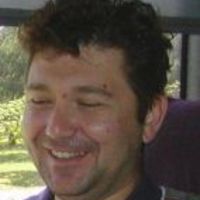
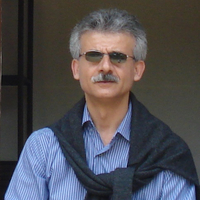

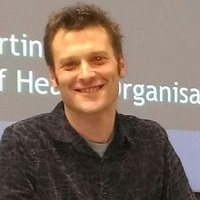

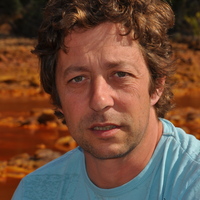
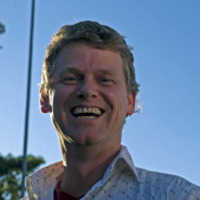
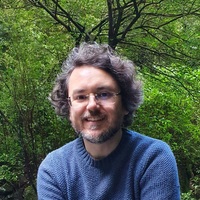

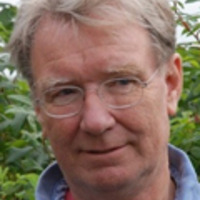
Uploads
Papers by Adolfo PANARELLO